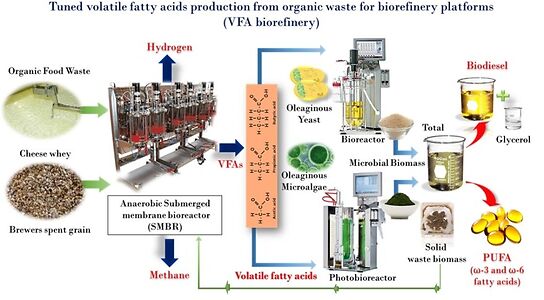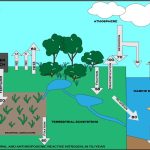The Australian Water Quality Centre has recently developed a new test method that provides a detailed profile of eight individual volatile acids (acetic acid, propionic acid, butyric acid, isobutyric acid, valeric acid, isovaleric acid, caproic acid and heptanoic acid) as well as total volatile fatty acid as acetic acid equivalent.

Volatile fatty acid (VFA) analysis forms an important means of assessing the effectiveness of the digestion process within a wastewater treatment plant. This new analytical technique provides wastewater treatment plant operators with a much improved means of being able to optimise the operation of the digesters in the wastewater treatment plants. As such, operators are better able to diagnose issues and adjust processes in the treatment plant. When VFA is used with alkalinity, it is a useful tool for monitoring the digestion process in waste water treatment plants. It is much better than pH monitoring alone which may not indicate a problem until it is too late.
The key to optimising anaerobic digesters is to understand the composition of VFAs during all stages of the digestion process. Interpreting the VFA speciation results allows operators to monitor the current state of the anaerobic digesters and reassess the operational strategies to improve performance. The analysis of VFA concentrations and their changes on a regular basis allows early detection and diagnosis of anaerobic digester process upset. The traditional titration method does not differentiate VFA species, therefore cannot discover any potential biological stress that may lead to detrimental bacterial community change, if not rectified at an early stage. For example, the accumulation of butyrate or propionate in digester sludge composite is a common indicator of stress for acetogenic bacteria, whereas the accumulation of acetate indicates compromised methanogenic bacteria activity.



Comments are closed